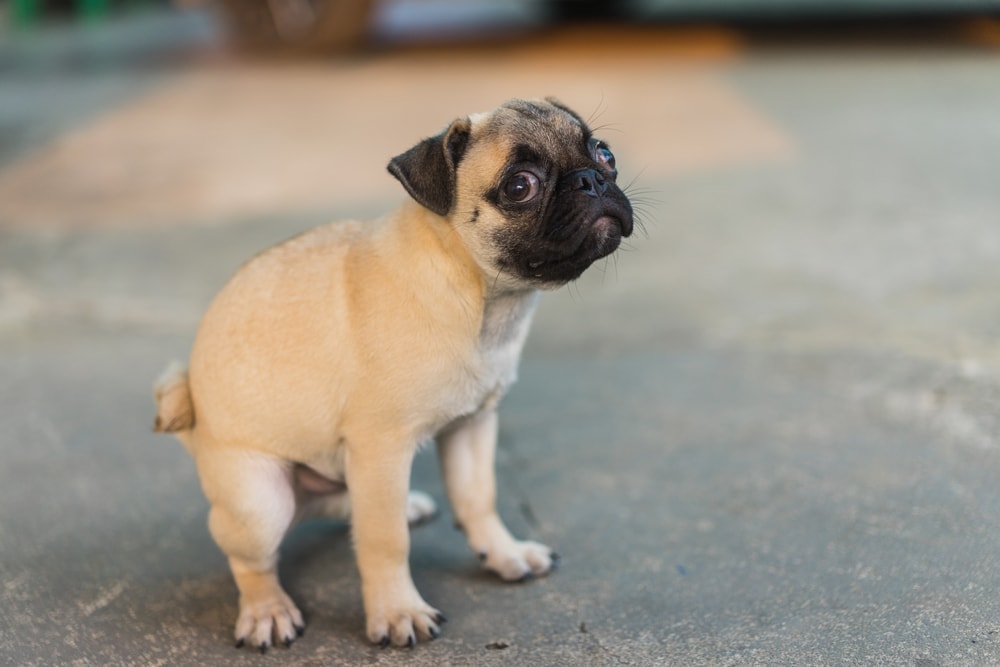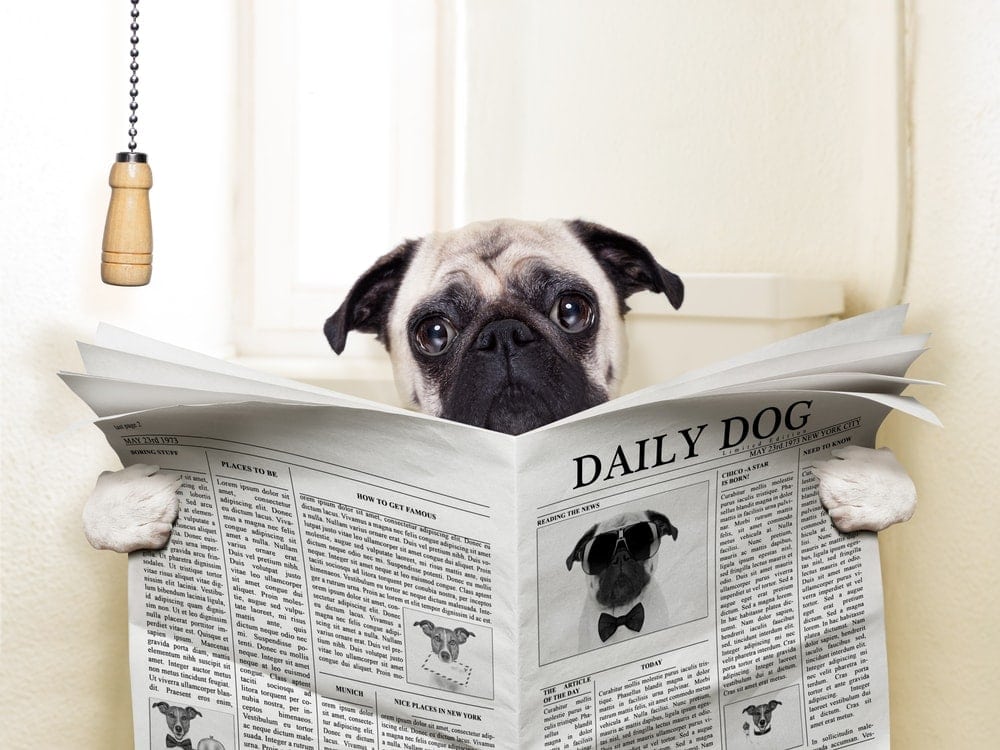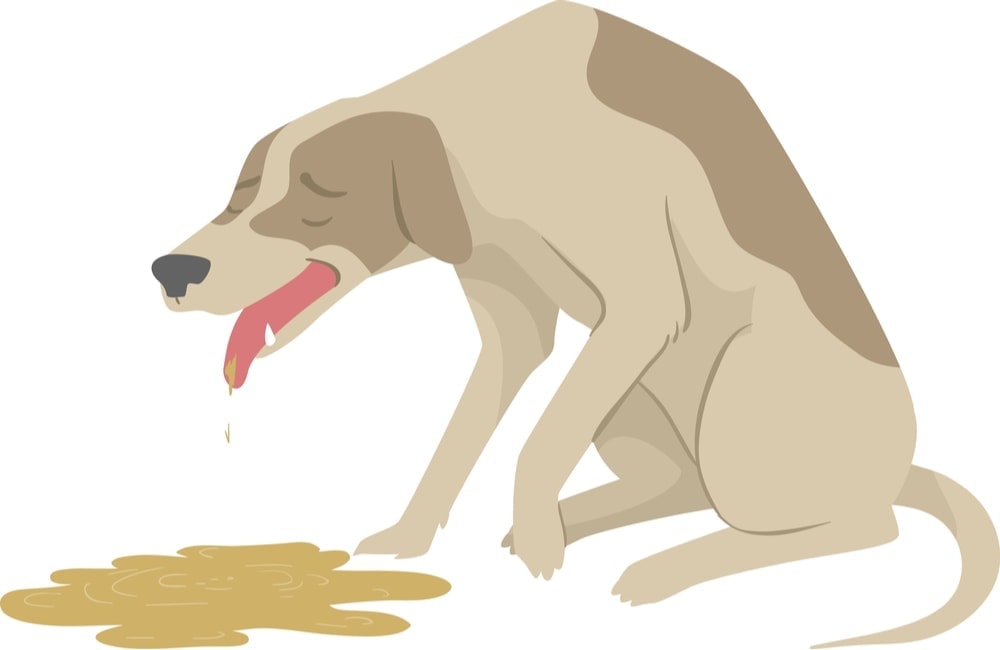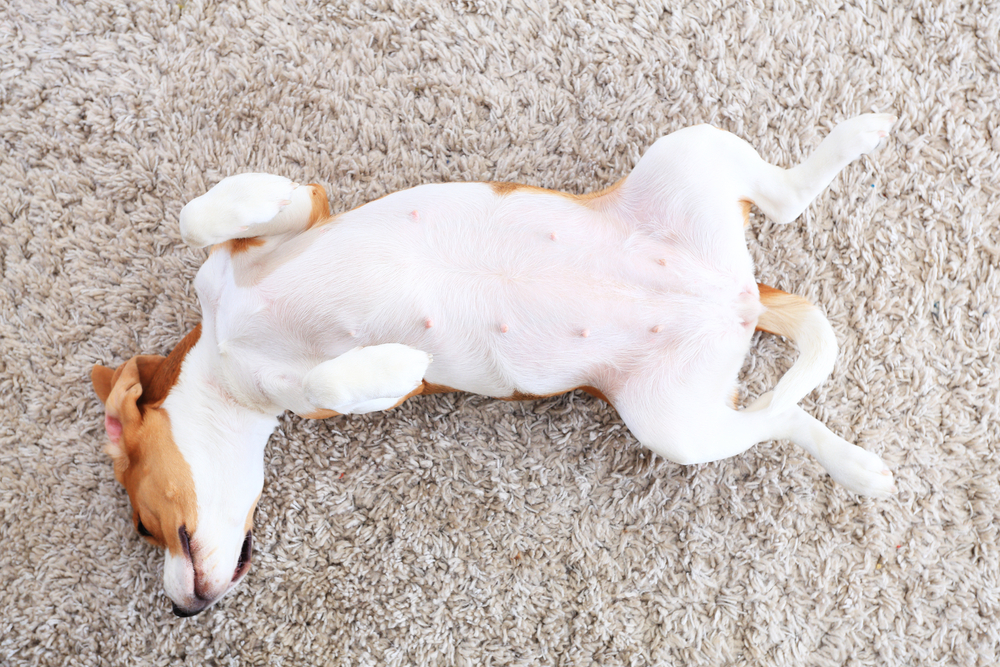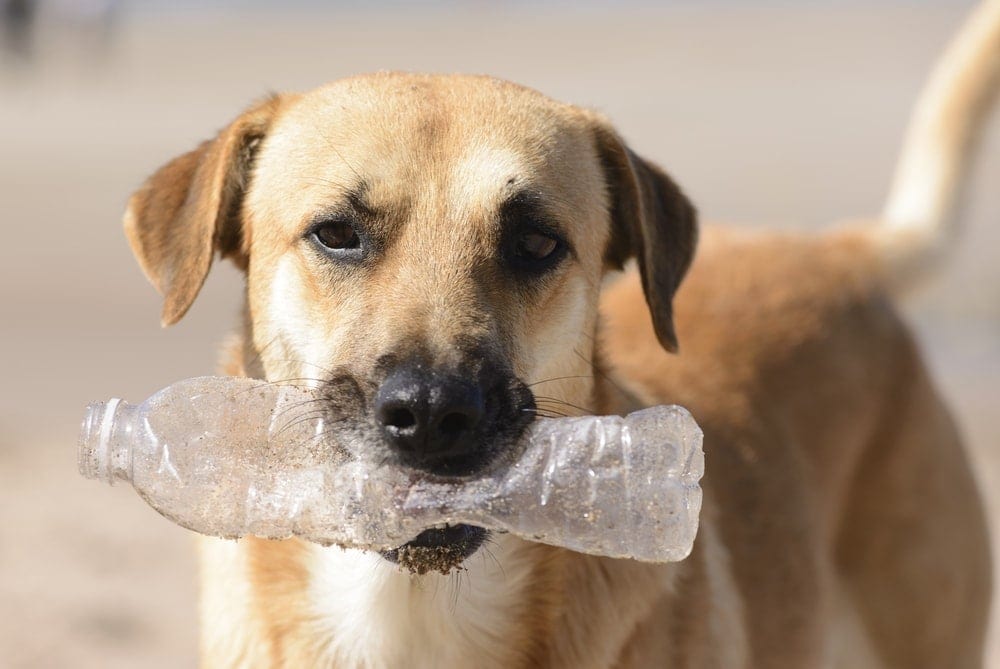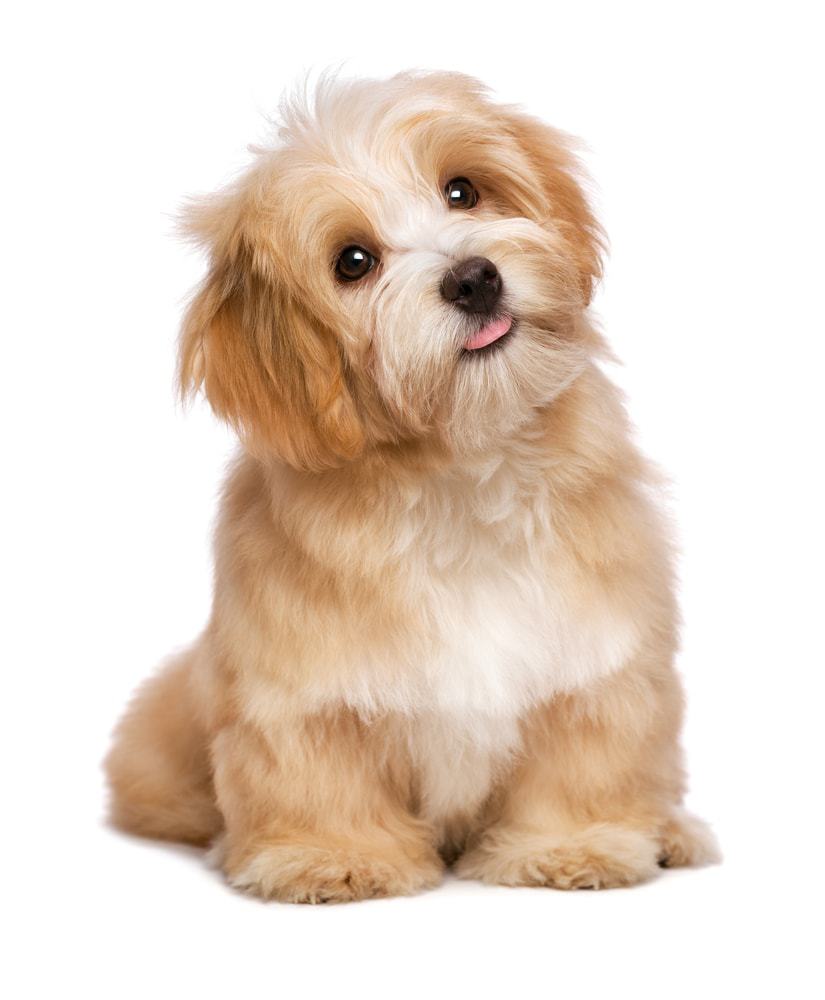The majority of people clean after their dogs in the streets so they pay attention to the color of their pets’ poops. It can be different colors, and even red after eating beetroot. But yellow color sometimes looks unnatural and makes owners worry about their canines friends’ health.
Chicken and rice is a quite healthy food and lots of vets recommend it to dogs when they have upset tummies. But why did my dog’s poop turn yellow after being fed rice and chicken?
It is totally fine that poop turns yellow after chicken and rice and there is no reason to worry. The yellow coloration could be its body reacting to a new food that is not in its normal diet. In rare cases, it can be a parasitic infection in the chicken or dog’s gallbladder problems.
There are a number of things that you can learn from the color of your dog’s stool. All of these in detail you can find in this article.
Benefits of Chicken and Rice for Dogs
A lot of veterinarians will recommend giving a dog a bland diet: bland chicken and rice diet for an upset stomach. These foods can, in fact, help with gastrointestinal problems when served plain. They are excellent for dogs that have diarrhea. This helps stabilize the consistency of the runny dog stool.
Your dog can eat cooked rice every day or every other day, but it is an important balance of the nutrients your pup needs, which are protein, fat from meat or oil, calcium, essential fatty acids, and carbohydrates.
White rice contains a significant amount of fiber and certain binding property that can increase the firmness of your dog’s stool. While brown rice does offer more nutritional value overall, it isn’t as effective at treating gastrointestinal problems.
Tips for Giving Your Dog Chicken and Rice
There are a few tips that you should follow when it comes to giving your dog chicken and rice. Keep in mind that it is always better to feed your dog with dog food instead of human food items. Bland chicken and rice diet were developed for human consumption but nowadays we feed pets with it as well.
1. Serve it Plain
If you are going to give your dog chicken and rice to help with their diarrhea, it should be served plain with no dressings or sauces. Putting soy sauce or anything else on either of these foods can actually make your dog’s stomach problems even worse. The bland chicken itself is a great source of protein, vitamins, and minerals.
2. Don’t give them too much
You should only give your dog about half a cup of chicken and rice for its upset stomach. (Of course, depending on the size of the dog). Giving them too much can also exacerbate the problem.
3. Cook it thoroughly
The chicken and rice should both be thoroughly cooked before you give it to your dog. While dogs can digest raw chicken, there is always the chance that they will contract a bacterial infection. You can pan-fry, grill or sauté the chicken before feeding it to your dog.
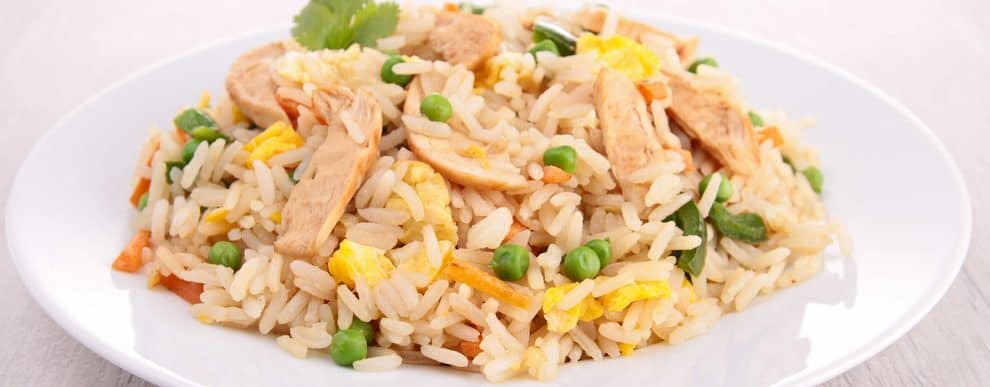
Why Chicken and Rice Turns Your Dog’s Stool Yellow
There are numerous reasons that your dog’s poop might have a yellow poop coloration after eating chicken and rice.
1. Normal Reaction to a New Food
It is possible that this is simply a result of them eating something different. This sometimes happens when a dog eats a food that is outside of its normal diet. If this is indeed the case, you’ll have nothing to worry about.
2. Parasitic Infection
Another explanation for yellow-colored stool is a parasitic infection. There is a chance that your dog contracted parasites from eating the chicken. This could very well be the case if you did not cook the chicken before giving it to your dog.
Some of the other symptoms of parasitic infection may include:
- Vomiting
- Scooting
- Weight loss
- Lack of appetite
- Coughing
If you think that your dog might have this type of infection, it is very important that you take them to the vet right away. This will ensure that your pet receives the medical attention and treatment is needs. Your vet can perform tests to check for parasites. There are numerous medications that can be given to treat the infection effectively.
You can look for small white specks in your dog’s feces to see if it has worms. The absence of these white spots doesn’t necessarily mean they are in the clear though.
3. Food Allergy
There’s always the chance that your dog is allergic to chicken and/or rice, which could be the case of yellow dog poop. A food allergy can produce a variety of effects that range from fairly mild to severe.
Some of the possible reactions of a food allergy with dogs include:
- Difficulty breathing
- Swelling of the face
- Sneezing
- Skin rash
- Itching
- Changes in dog poop color
It is important that you find out if your dog has a chicken or rice allergy prior to giving them any of this food. This will help you to avoid any unnecessary health problems, which can negatively affect your dog and cost you a trip to the vet. While these food allergies are fairly uncommon among dogs, it is still a possibility that you’ll need to consider it.
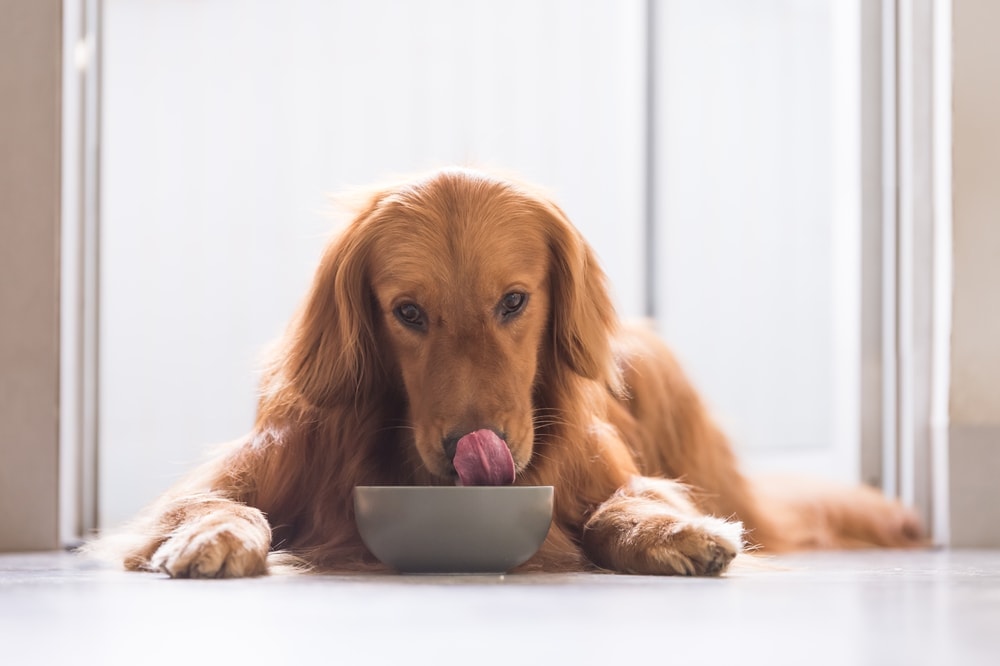
4. Medical Conditions
Some medical conditions can produce yellow stool, including pancreatitis, gallbladder and liver issues. These are all problems that can result from an improper daily diet. It is important that you avoid giving your dog human food like chicken and rice too often.
Irritable bowel syndrome is another medical condition that can cause yellow stool. While it is not life-threatening, it can cause your dog a great deal of discomfort. Dogs that have IBS should be kept on a special diet. There are also certain medications your veterinarian can prescribe to help manage the symptoms of this condition.
When to See a Veterinarian
If you notice any signs of illness along with your dog’s yellow or orange poop, you should see a vet right away. This includes a lack of appetite, lethargic behavior, vomiting, and diarrhea. You’ll also want to get your dog to the vet if you notice any blood in their stool.
This is a sign of a serious medical problem that needs to be addressed immediately. If your dog has an internal hemorrhage, its life could be in great danger.
Dog poop color chart
Apart of normal brown color it can be a variety of different colors in your friends stool. A healthy dog’s poop should be chocolate brown.
Green color says that your pup ate a lot of grass.
Yellow or pale colored stool indicates liver problems or biliary disease.
Black or tarry color of your gog’s stool indicates bleeding in the upper digestive tract.
Dog poop that is grey in color will indicate a problem with the bile duct. Large, grey, rancid-smelling stool indicates inadequate digestion or malabsorption syndrome which is a serious health problem.
Conclusion
- Plain chicken and white rice is a common home remedy that can be effective for treating diarrhea in dogs.
- If you are going to give your dog chicken and rice, it should be served without any sauces or dressings.
- It is also important that you not give your dog more than half a cup of chicken rice.
- The yellow coloration of your dog’s stool could be its body reacting to a new food that is not in their normal diet.
- If your dog contracts a parasitic infection the chicken, their stool could look yellow or orange.
- Problems with a dog’s gallbladder, pancreas and liver can also result in yellow-colored poop.
- Irritable bowel syndrome is another possible explanation for yellow stool.
- If you notice any signs of illness accompanying this change in your dog’s feces, it is important that you take it to the vet right away.
Sources:
- Can Dogs Eat Rice? – AKC
- Raw Chicken Diets – PMC
- Raw Dog Foods – FDA
Frequently Asked Questions:
How do you treat yellow stool in dogs?
If your dog ate something unusual, it could cause stomach upset and cause yellow poop color. We suggest keeping your dog on a bland diet for a few days, but remember that changing diet can keep your dog’s stools yellow for a while. It is important to pay attention if your puppy has diarrhea or stomach cramps.
What virus causes yellow diarrhea?
Giardiasis is an infection with can cause yellow diarrhea, bloating, nausea, weight loss, abdominal pain, vomiting, and in rare cases blood in a stool. If you keep your pup on a bland diet but it doesn’t help call your vet for an appointment.
What does pancreatic poop look like?
Pancreatic disease interferes with the dog’s ability to make these enzymes properly, your stools appear paler and less dense and look oily consistent. Along with this, you might notice such symptoms as nausea, vomiting, stomach cramps, fever, and rapid pulse.
What color is stool with gallbladder problems?
Dog feces that are pale, muddy, or putty-colored may be due to problems in the bile ducts. With gallbladder problems, you may also notice darker shades of urine. This symptom requires consultation with a veterinarian as it may be a sign of a duct blockage caused by bile.
